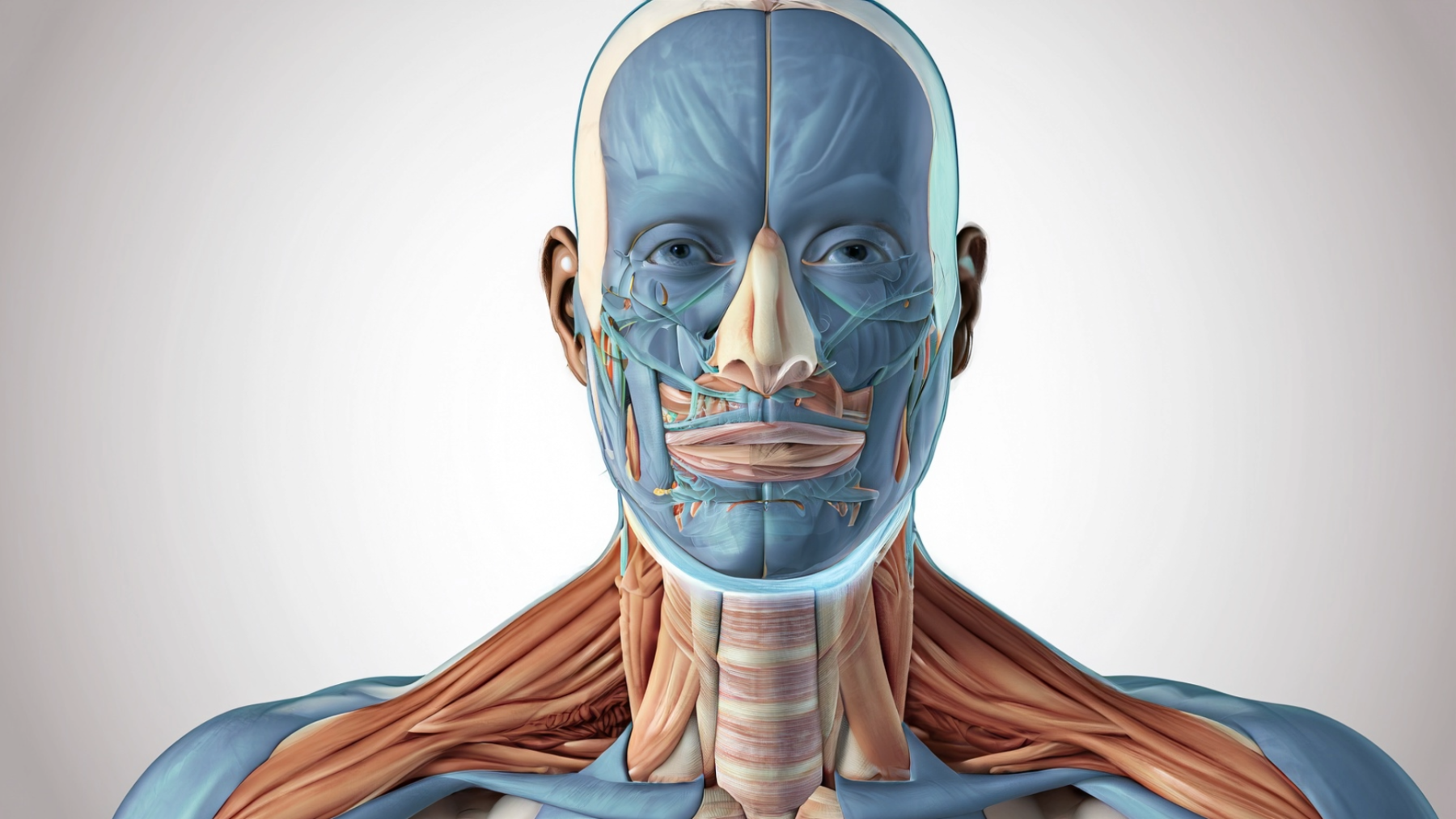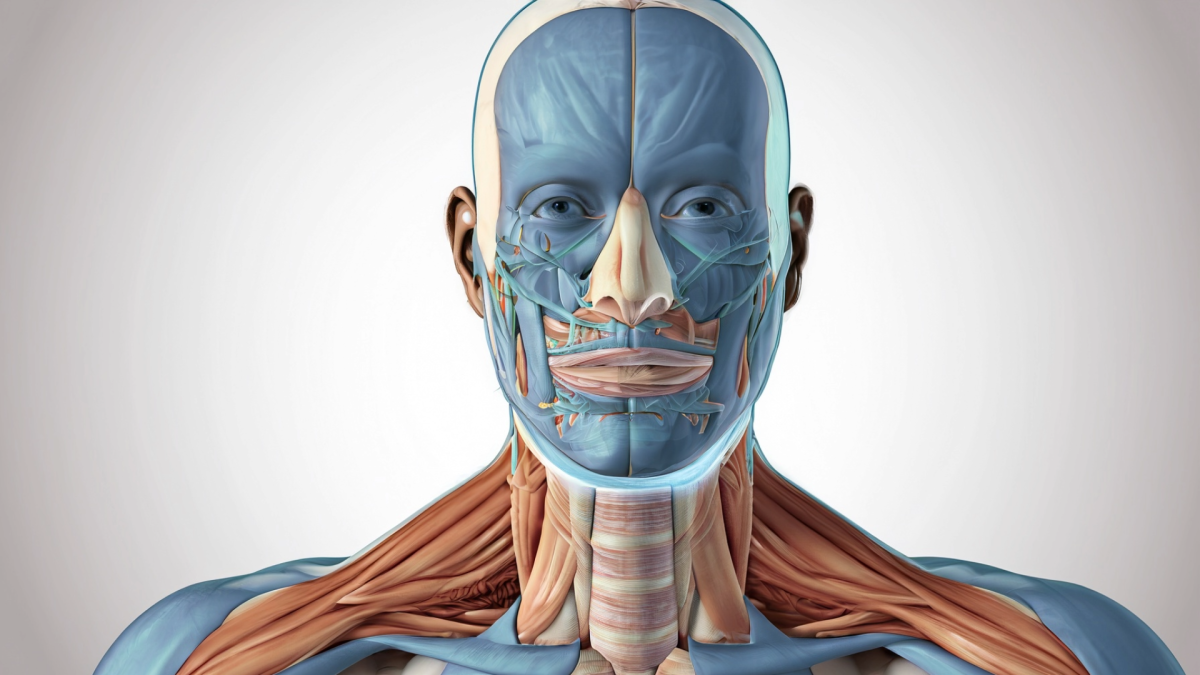
Diagnosing Huntington's Disease Using Gel Electrophoresis
by Cristi Sims
Students will use Gel Electrophoresis to diagnose the dominant, fatal, genetic disorder of Huntington's Disease, a neurodegenerative disorder caused by an excessive number of CAG repeats in the DNA which results in the aggregation of Huntington proteins that blocks proper neurological functioning. It is a great way to introduce the biotechnology of gel electrophoresis using a backdrop of student understanding of genetics and the impact of mutations on protein structure and function. In addition, by using a "case study" approach, this humanizes the diagnostic aspect and introduces the ethical questions surrounding genetic testing including whether or not the people involved will ever be eligible for health insurance if they test positive for the disorder.
Lesson Plan Link/URL
https://docs.google.com/presentation/d/1x5j_SYOenycOvpRazP9RPkdhZb-64a6Y/edit?u…
Featured
Off
Related Content

Grades:
9th Grade, 10th Grade, 11th Grade
This lesson is designed to uderstand the stages of mitosis by integrating Virtual Reality (VR) in the classroom. The students will be able to identify and describe the key events in each stage of

Grades:
10th Grade, 11th Grade, 12th Grade
This lesson has students create a unique graphical visual of the components of blood within a vial. These components of blood are then researched and used as a control for accomplishing two

Grades:
9th Grade, 10th Grade, 11th Grade, 12th Grade
This STEM Argumentative Research Project engages students in exploring the scientific, ethical, and societal implications of themes in Mary Shelley's "Frankenstein." Students will work in groups to

